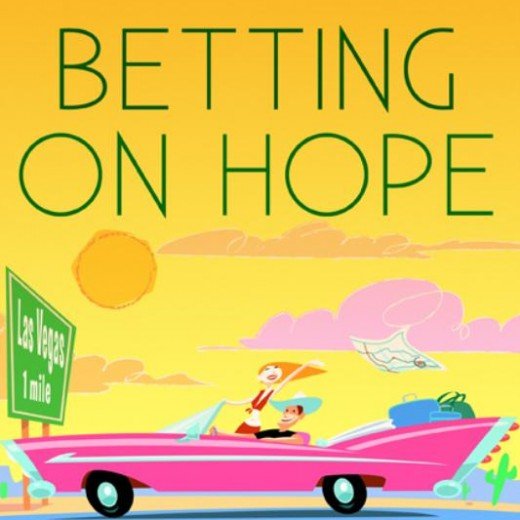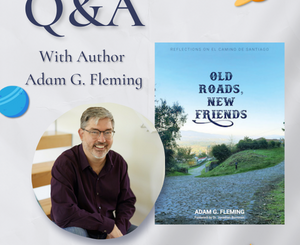Three Steps to Three Dimensional Characters by Laurel Osterkamp
 Let’s welcome back Laurel Osterkamp as she shares with us “Three Steps to Three Dimensional Characters.” Enjoy!
Let’s welcome back Laurel Osterkamp as she shares with us “Three Steps to Three Dimensional Characters.” Enjoy!
***
How do you make sure that your characters–both main and supporting–are three-dimensional?
It can be easier said than done, but if you follow these three steps, you’ll develop characters who are believable, relatable, and compelling.
Need and Motivation
Your characters need to want something. And you, the author, need to know what their motivations are.
The first question you should ask yourself before you write each and every scene in your novel is— what do my characters want?
The second question should be– why?
This is how you’ll determine the choices that your characters make, which in turn drives their actions. And their actions will determine the plot of your story.
In other words, your characters’ goals and motivations are what creates the plot of your story.
For example:
In Stephen King’s 11/22/63, Jake, the protagonist, wants to prevent JFK’s assassination by using time travel. Jake is a good person and he truly believes that many of the world’s problems stem from Kennedy being killed.
Jake has other, smaller goals throughout the novel, like wanting to be with the woman he loves, who happens to live in 1963.
It’s these goals that create the plot of the novel, and which lead to inevitable conflict. That brings us to tip #2.
Conflict– Internal and External
In EVERY scene, EVERY character should have both an internal and an external conflict.
If your characters don’t face conflict, then they won’t experience growth.
That means no character arc.
Before you decide that it’s impossible to create two conflicts for every character in every scene, remember that you can reuse and recycle.
For example:
Katniss and Peeta in The Hunger Games. Katniss and Peeta both face an internal conflict throughout the book, in that they’re attracted to each other. But they can’t be together and survive, so they both have the same internal conflict of fighting their attraction.
Their external conflicts are different, and at least for the second half of the novel, those conflicts are pretty consistent. Katniss wants to survive so she can go home and take care of her sister. Peeta wants to protect Katniss.
These conflicts, both internal and external, test their endurance and determination, forcing them to examine what they really want, and to decide what they’re willing to sacrifice to get it. And this leads to an incredible climax, when they’re both about to sacrifice themselves rather than kill each other.
The emotion of that scene is heightened for sure, but it’s also genuine and organic, which brings me to tip #3.
Emotions Through Action and Dialogue
Ground your characters’ emotions in their responses to conflict, and display their emotions through action and dialogue.
We’ve already established that in every scene, your characters will face conflict.
So, how do those conflicts work out, and how does it make your characters feel?
Have they lost or gained anything?
Are they surprised, victorious, nervous, or sad?
Figuring out your characters’ emotional response is the easy part. The hard part is showing it (rather than telling it) to the reader.
The answer? Communicate through description of physical action and/or dialogue.
For example:
In 11/22/63, Stephen King shows the reader Jake’s enduring love for Sadie through this physical description:
Before she can ask about that I slip my arm around her waist. She slips hers around mine, still looking up at me. The lights skate across her cheeks and shine in her eyes. We clasp hands, fingers folding together naturally, and for me the years fall away like a coat that’s too heavy and too tight.
–Stephen King, 11/22/63
In The Hunger Games, we understand the depth of Peeta’s love for Katniss through this exchange of dialogue:
“You have a… remarkable memory.”
“I remember everything about you. You’re the one who wasn’t paying attention.”
-Suzanne Collins, The Hunger Games
To recap, make your characters want something and know what their motivations are.
Then, throw obstacles at your characters with both internal and external conflicts.
Finally, give your characters interesting things to say and do, by showing their emotional responses through action and dialogue.
If you stick to those three rules, your characters will be so three-dimensional, they’ll practically jump off the page!
***
About the Author

Laurel Osterkamp is from Minneapolis, where she teaches and writes like it’s going out of style. Her short fiction has been featured in Tangled Locks Literary Journal, Bright Flash Literary Journal, and Metawoker Lit, among other places. Her latest novel Favorite Daughters was recently released by Black Rose Writing. (Click here to see the novel on Amazon.)
Social Media:
Website – https://laurellit.com
Facebook – https://www.facebook.com/authorlaurelosterkamp
BookBub – https://www.bookbub.com/profile/laurel-osterkamp







Short and sweet! thanks!